Yarmulke, mitre or veil: religious head coverings around the globe
-
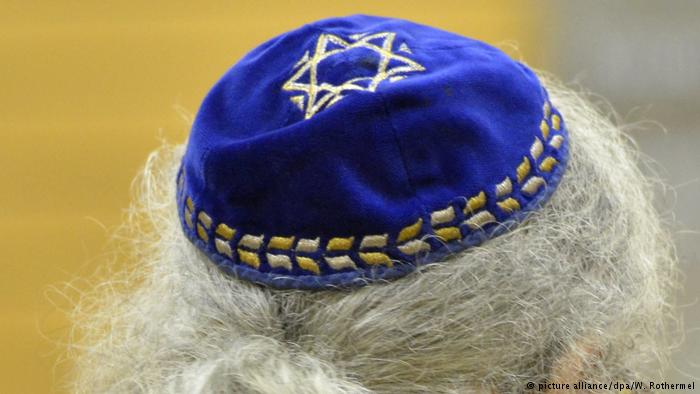
Yarmulke: European Jews started wearing the yarmulke, or kippah, in the 17th and 18th centuries, turning the skull cap into a religious symbol. Pious Jews are expected to cover their heads, but the fabric isn't that important and a hat or scarf is acceptable, too. Jewish Halacha law requires men and boys to cover their head when they pray, visit a synagogue or a Jewish cemetery or study the religion -

Mitre: the mitre is the ceremonial headdress worn by bishops, mainly in the Roman-Catholic Church. It goes back to the 11th century, with the tall, peaked hat deeply cleft on the sides and adorned with two ribbons at the back symbolising the Old and the New Testaments -
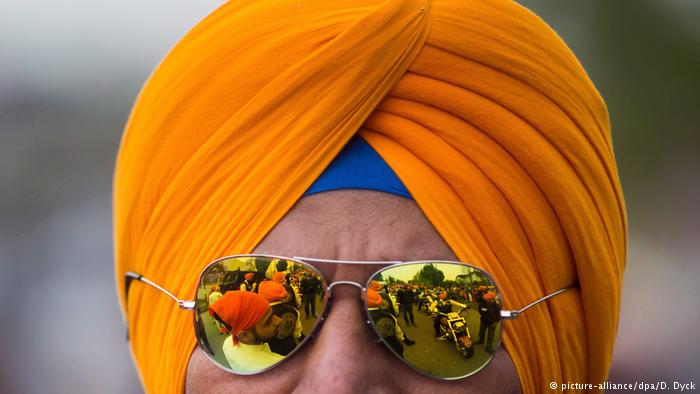
Dastar: members of the Sikh faith, a monotheistic religion founded in India's northern Punjab region in the 15th century, wear a dastar. A dastar is usually worn by men, with orange being a popular colour. Underneath the cloth headwear, which is re-knotted every morning, Sikh men let their hair grow freely -
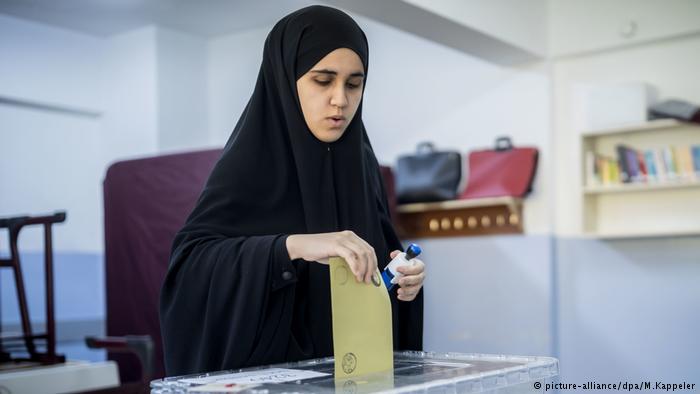
Chador: in Farsi, the word chador means "tent" and that is what this garment worn by observant Muslim women in some parts of the Middle East resembles. Usually black, it covers a woman from the head down, hiding the shape of the body, revealing only the face. The chador is worn over a woman's regular clothing -
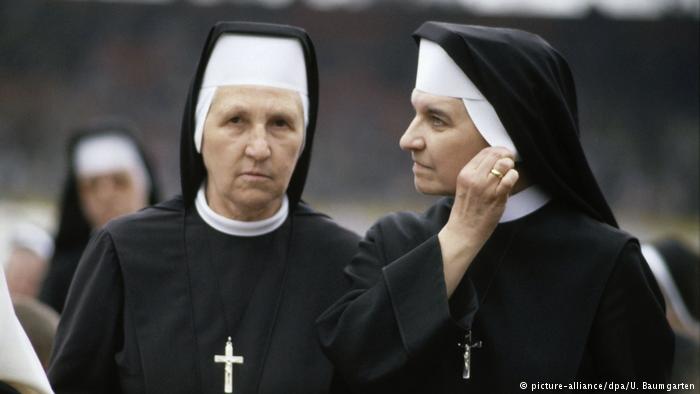
Nun's veil: nuns almost always wear a distinctive veil to complete their religious garment, the habit. Novices' veils are white, while professed nuns usually wear a black veil, or one in their habit's colour. Depending on the religious order, veils come in different sizes and shapes. Some are elaborate and cover the woman's entire head; others are simply pinned to the sister's hair -
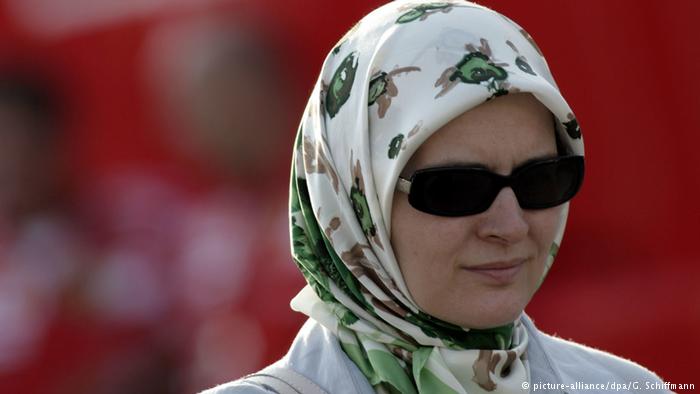
Headscarf: is a woman's headscarf a religious headdress, or a symbol of oppression? In the West in particular, that continues to be a matter of heated debate. It is certainly the most well-known female head covering. Turkish women (as in this photo) tie headscarves differently from women in Arabic countries -
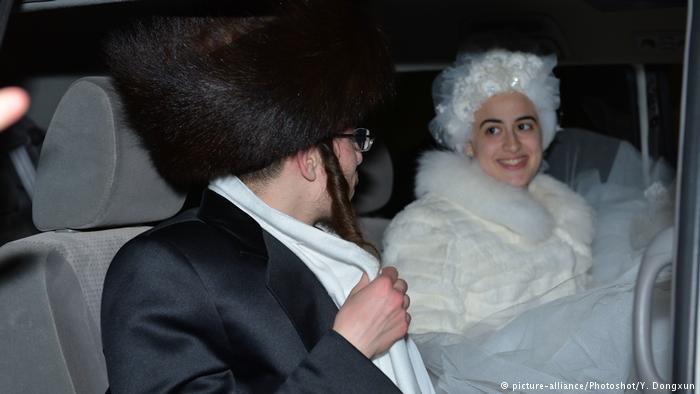
Sheitel: the ultra-Orthodox Hasidic Jewish community in New York has strict rules for married women, who are required to shave their hair and wear a wig, the "sheitel." In her 2012 bestseller memoir "Unorthodox," U.S. author Deborah Feldman describes growing up in the ultra-religious group -

Biretta: a bit of cloth, strips of cardboard and a tassel — voila, the biretta, a head covering worn by Roman Catholic priests since the 13th century. In the Netherlands, Germany, Britain and France, the hat has four corners. In many other countries, it has three. If you remember the character Don Camillo (played by French actor Fernandel in a series of films in the 1950s and '60s), you know the hat! -
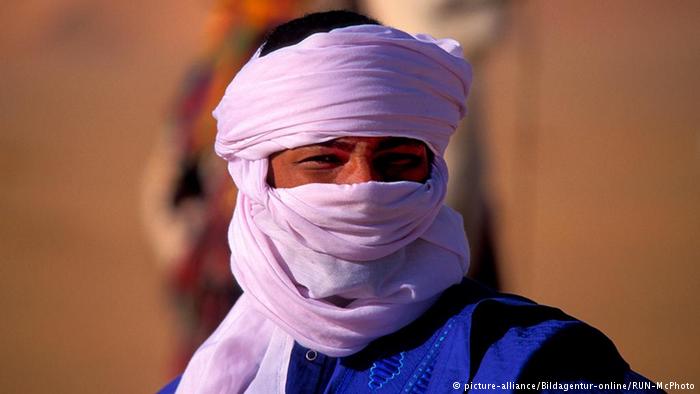
Tagelmust: the cotton scarf that can be up to 15 metres long is worn by Tuareg Berber Muslim men throughout western Africa. The tagelmust covers the head and is pulled over the mouth and nose against wind-born sand in the desert. The turban-style headdress is worn by adult men only. When indigo blue, the tagelmust's dye can rub off on the skin, hence the Tuareg being called the "blue men of the desert" -
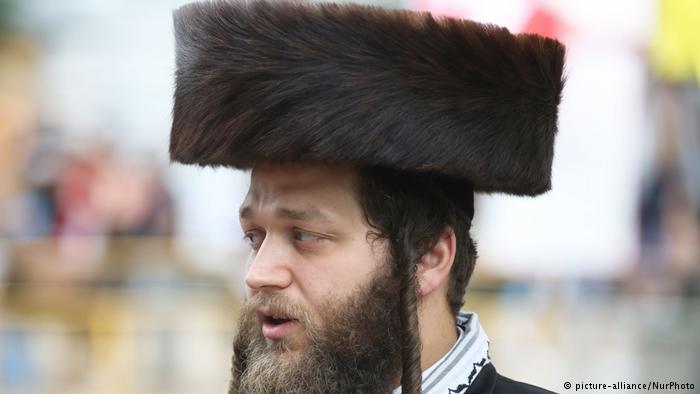
Shtreimel: the Jewish shtreimel hat is made of velvet and has a wide fur trim, usually sable. Married men wear the hat on Jewish holidays and for religious festivities. The eye-catching headgear originated in Hasidic communities in southeastern Europe, a tradition that became nearly extinct in Europe after the Holocaust -
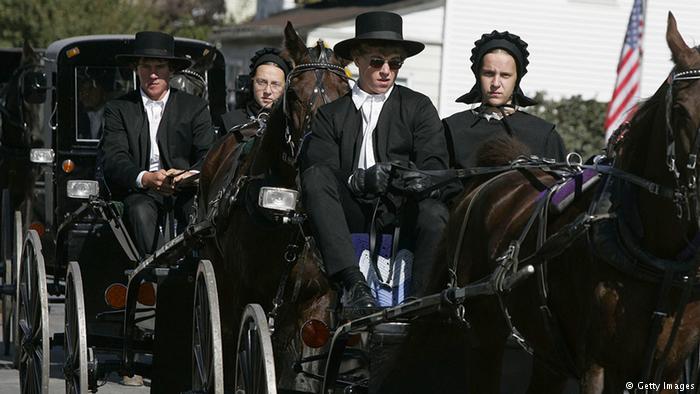
Shtreimel: the Jewish shtreimel hat is made of velvet and has a wide fur trim, usually sable. Married men wear the hat on Jewish holidays and for religious festivities. The eye-catching headgear originated in Hasidic communities in southeastern Europe, a tradition that became nearly extinct in Europe after the Holocaust
https://qantara.de/en/node/27516
Link
To all image galleries